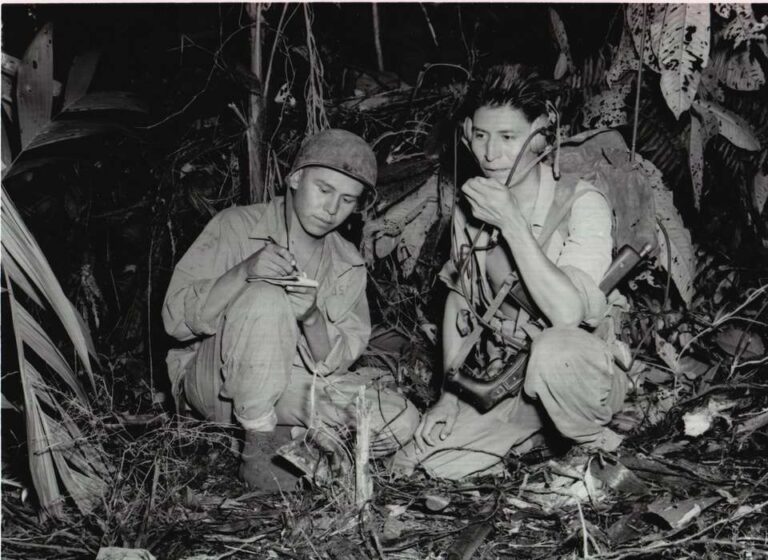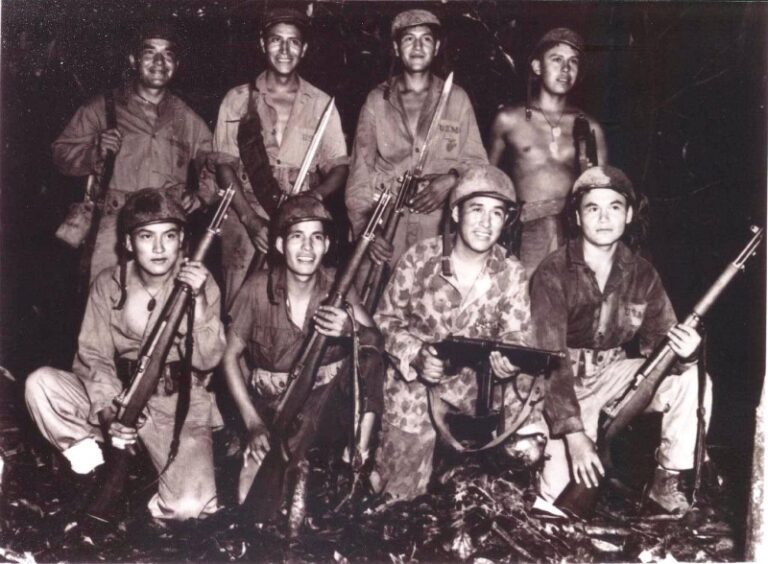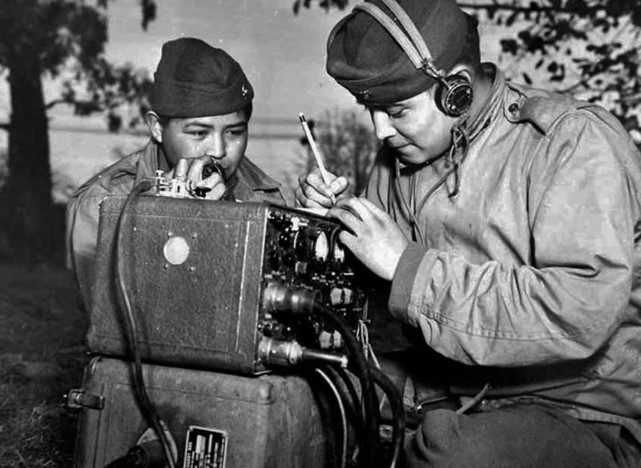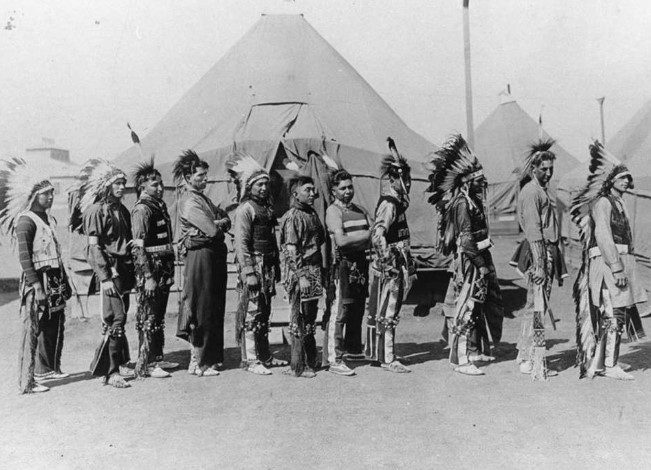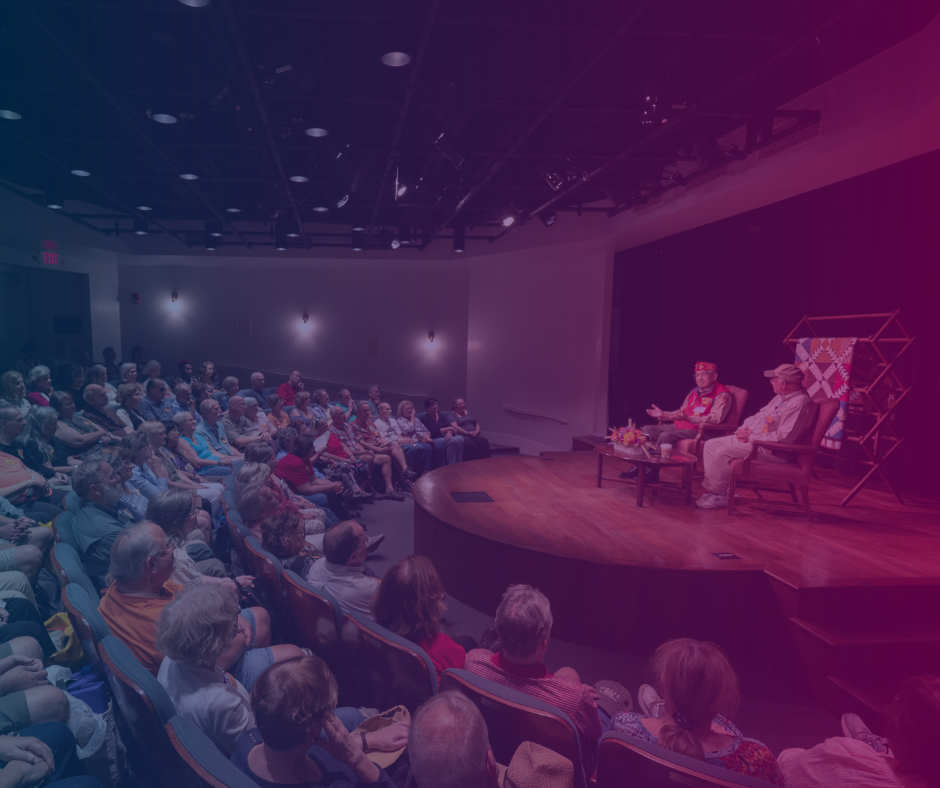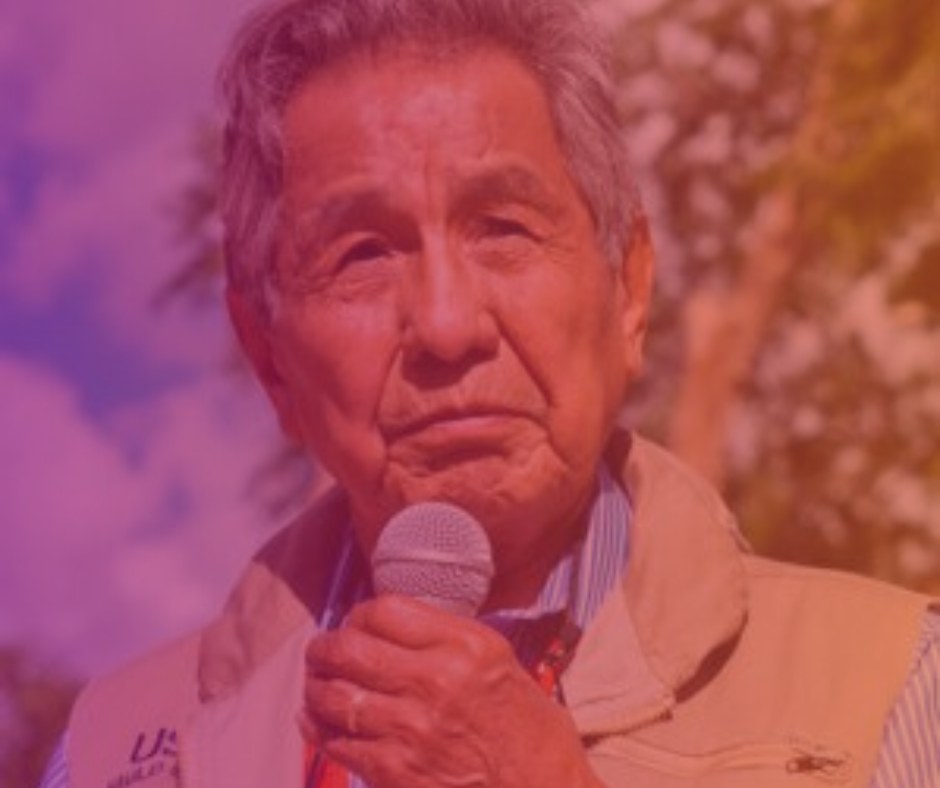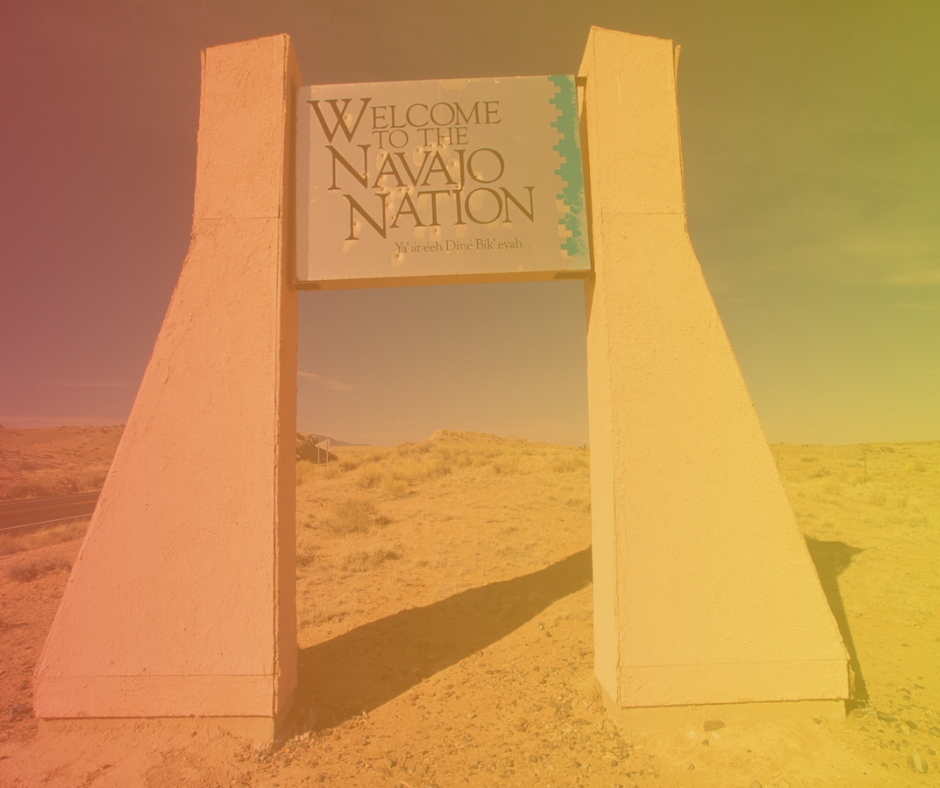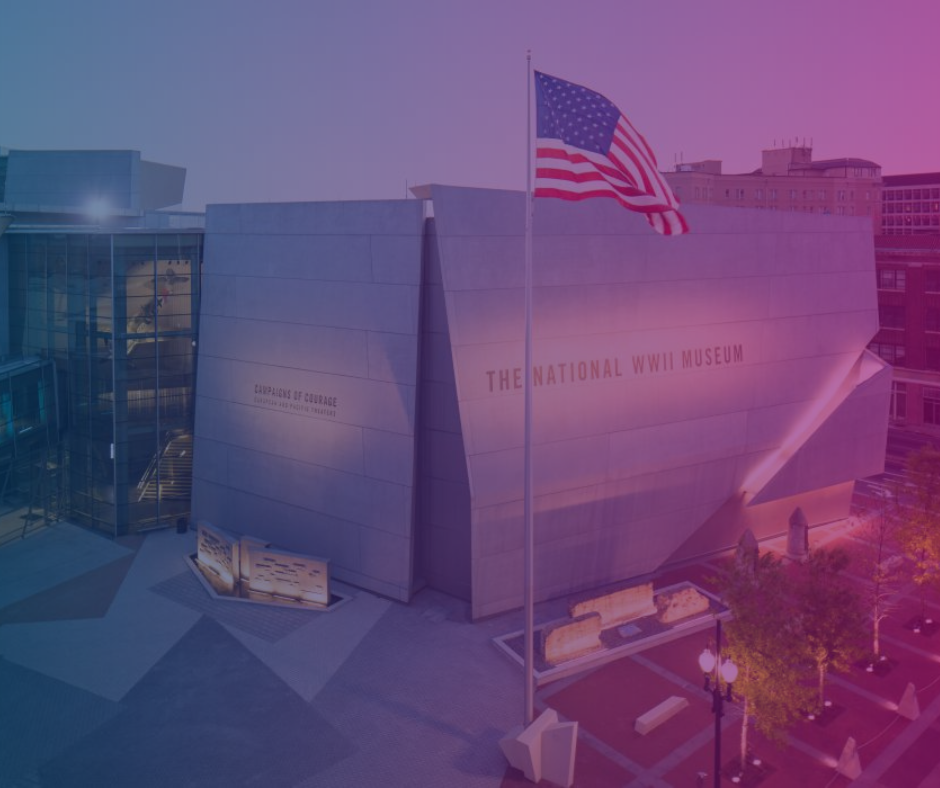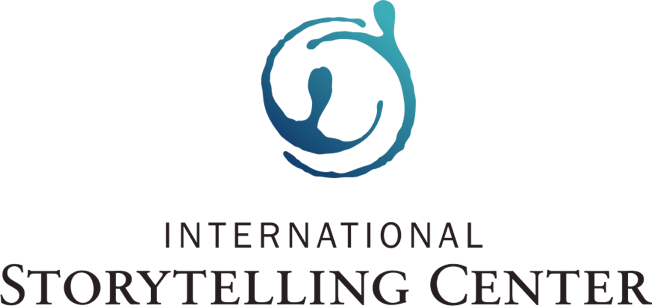The Code Talker
Meet Peter MacDonald - One of the Last Navajo Code Talkers
At the 2019 National Storytelling Festival, we were honored to host Peter MacDonald for a very special Storytelling Studio presentation. Sharing the stage with his host, storyteller Tim Tingle, MacDonald told the fascinating story of his military service in World War II, when he was part of an elite team of communications experts for the Marine Corps known as the Navajo Code Talkers. By developing and using a highly sophisticated code based on Navajo language, the Code Talkers saved hundreds of thousands of American lives in the Pacific Ocean Theater.
The Legacy Series is a part of the National Storytelling Festival where we celebrate the voices of unsung heroes and give them a platform to share their stories.
This series was made possible by the Sonia King Estate.
At the age of 15, Peter MacDonald, Navajo from Teecnospos, AZ, enlisted in the U.S. Marine Corps. He went through boot camp at U.S. Marine Corps Recruit Depot (MCRD), San Diego, CA. Following regular combat and communication training at USMCB in Camp Pendleton, CA, MacDonald, along with other Navajo Marines, was secluded from other Marines for top secret Navajo Code School. During the final phase of World War II (1944-46) MacDonald served in South Pacific as Navajo Code Talker and North China with the Sixth Marine Division.
He was honorably discharged with a rank of Corporal. He went back to his home community of Teecnospos, AZ After graduation from High School and Junior College in Muskogee, Oklahoma, MacDonald went on to University of Oklahoma and graduated with an Electrical Engineering degree (BSEE). He pursued graduate studies at UCLA while working as a Project Engineer on the Polaris Missile project for (Howard) Hughes Aircraft Company. MacDonald served as Project Manager for the manufacture of the Polaris Missile Guidance System and was a member of the elite Hughes Technical Staff (MTS).
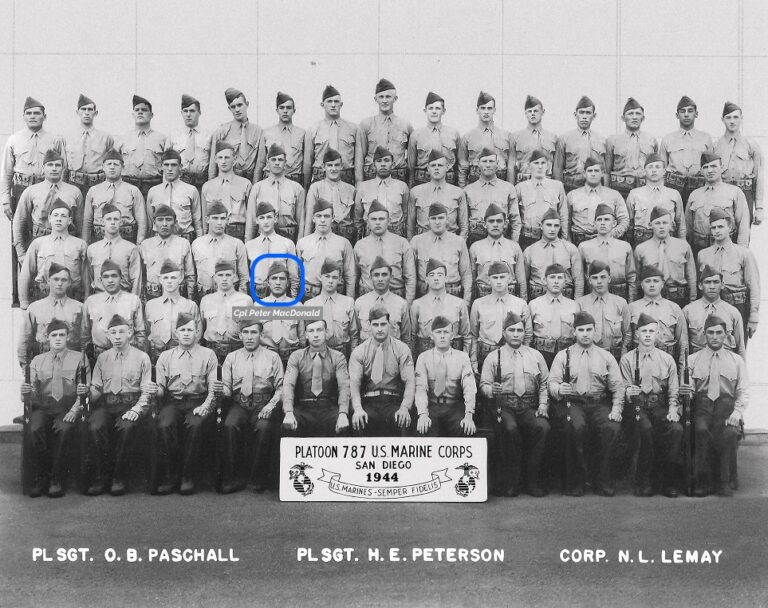
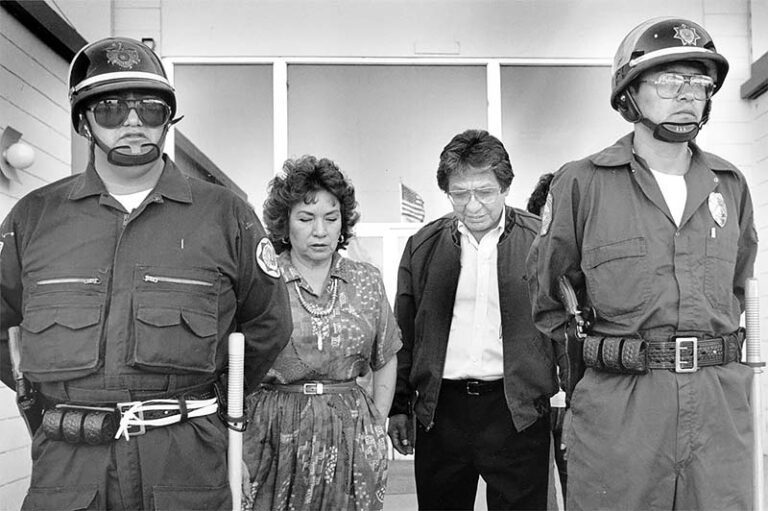
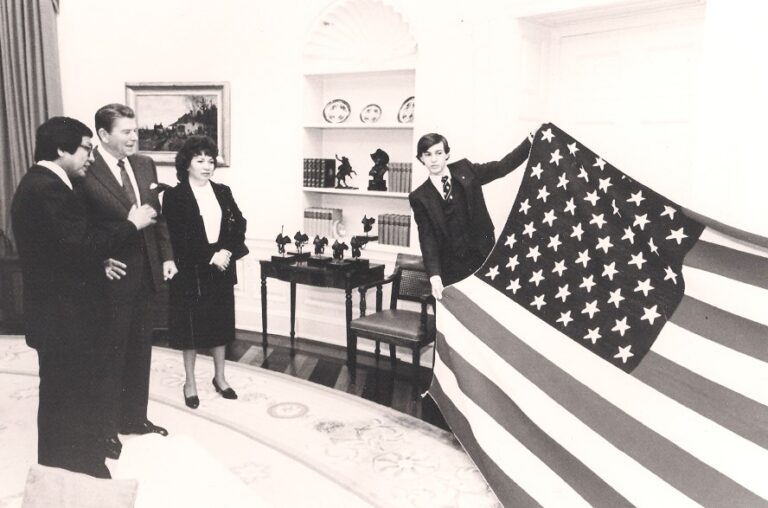
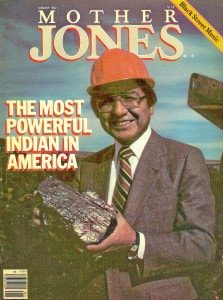
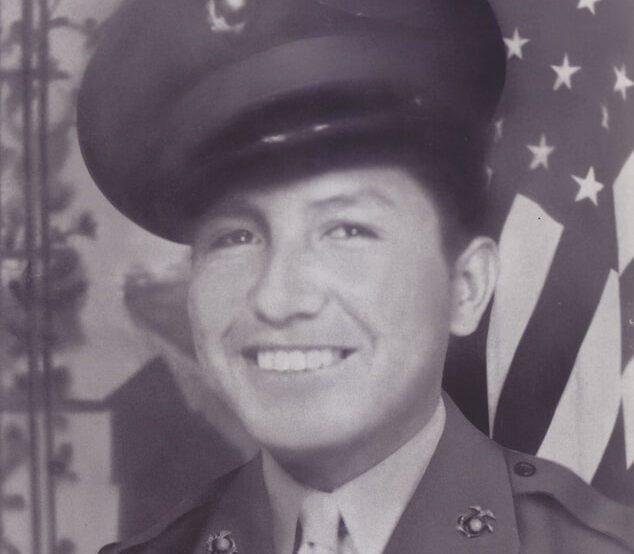
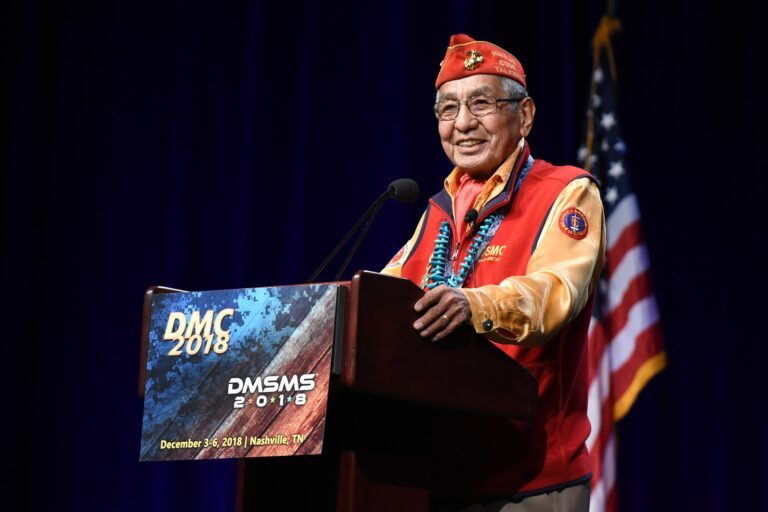
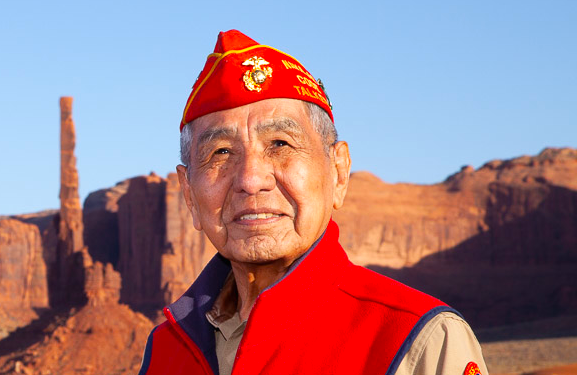
Who were the Navajo Code Talkers
“Every WWII combatant appreciated the need for an unbreakable code that would help them communicate while protecting their operational plans. The U.S. Marines knew where to find one: the Navajo Nation. Marine Corps leadership selected 29 Navajo men, the Navajo Code Talkers, who created a code based on the complex, unwritten Navajo language. The code primarily used word association by assigning a Navajo word to key phrases and military tactics. This system enabled the Code Talkers to translate three lines of English in 20 seconds, not 30 minutes as was common with existing code-breaking machines. The Code Talkers participated in every major Marine operation in the Pacific theater, giving the Marines a critical advantage throughout the war. During the nearly month-long battle for Iwo Jima, for example, six Navajo Code Talker Marines successfully transmitted more than 800 messages without error. Marine leadership noted after the battle that the Code Talkers were critical to the victory at Iwo Jima. At the end of the war, the Navajo Code remained unbroken.” Intel.gov
